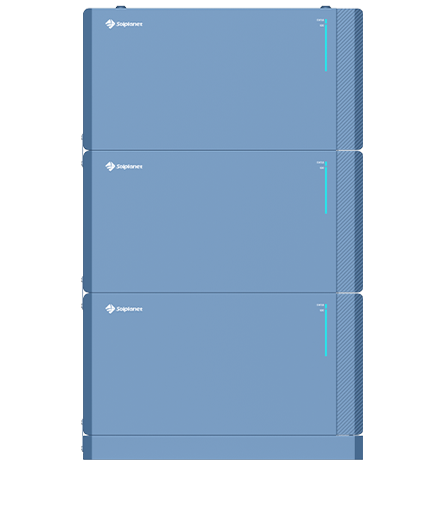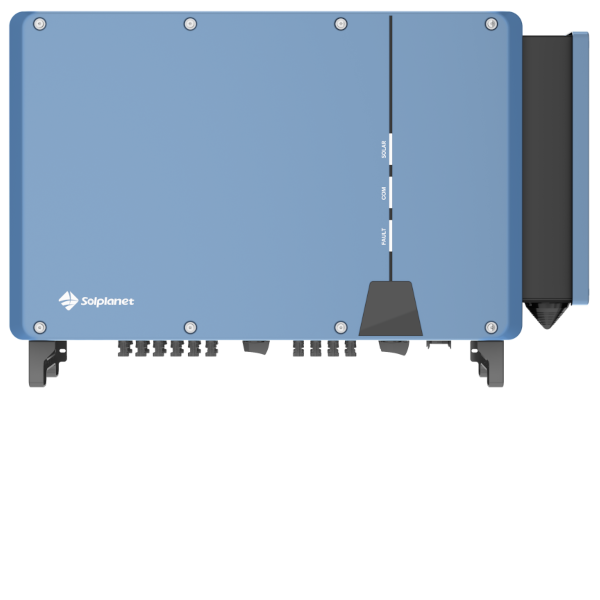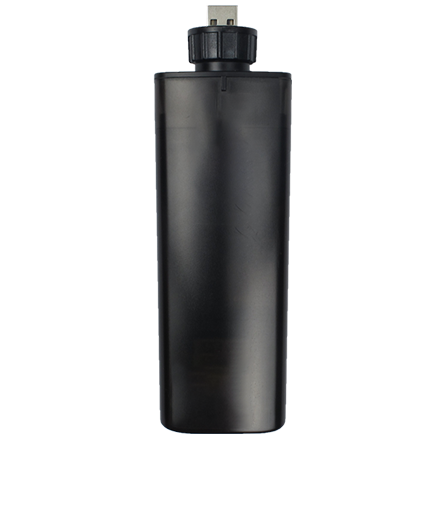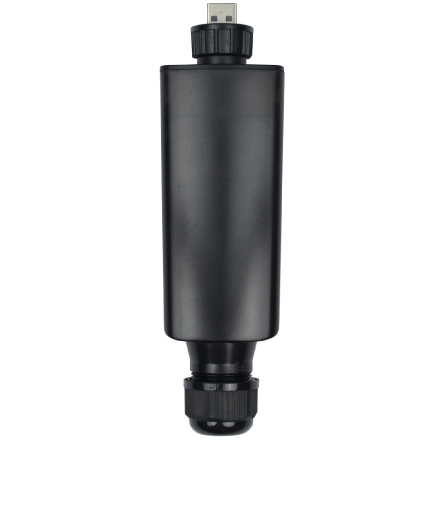2019-09-16
Renewables funding roundtable: Certainty is power
16th July, 2019 | Australia, Comment, Funding, Projects, Renewables, Solar, Solar, Solar Projects, Storage, Wind, Wind Projects | 
Australia’s transition from coal to clean energy won’t happen without investor support, but the risks are growing. EcoGeneration asked a panel of experts about the possible tremors ahead.
The panel:
Andrew W. Smith, global head of energy, specialised and acquisition finance, National Australia Bank
Kelly Davies, partner, Norton Rose Fulbright Australia
Monique Miller, director, Clean Energy Finance Corporation
As clean energy technology becomes cheaper, can investors be a little more complacent about federal energy policy uncertainty?
Andrew Smith, NAB: There are a few dimensions to this. Firstly, as new entrant costs fall, all else being equal, less/no subsidy is required and therefore the requirement for energy policy/subsidies to stimulate renewables is less important.
At a macro level, a bipartisan approach to energy policy is crucial as it allows investors to better predict future investment returns. The better able they are to predict the returns, the lower the cost of capital. The lower the cost of capital, the more supply. The more supply, the lower electricity prices will be.
Monique Miller, CEFC: In the early years of clean energy investment, large-scale solar and wind projects required significant subsidies in the form of renewable energy certificates, grants and/or feed-in tariffs. The ability for renewable energy such as wind and solar to play a meaningful role in the energy mix was contingent on this continued support, generally provided through regulation.
Energy market participants are increasingly assessing projects based on their ability to deliver electricity at low cost and without subsidy. Significant amounts of renewable energy are now being added to our national electricity network, with the Clean Energy Council estimating 14.8GW of new renewable generation under construction or financially committed at the end of 2018, representing new investment of $24.5 billion. This is a tremendous turnaround from several years ago, when it seemed virtually impossible that the Renewable Energy Target would be built out in time.
Investors such as the CEFC consider a broad range of factors in investment decisions, including how a project’s economics stack up over the various regulatory scenarios that may occur over the 30-year asset life. For a renewable energy project, there may be upside and downside scenarios – for example, a significant overbuild could drive down electricity prices, whereas a green certificate scheme could improve revenues.
Kelly Davies, Norton Rose Fulbright: Earlier this year BloombergNEF published data on the levelised cost of energy (LCOE) that demonstrates unsubsidised solar and onshore wind in Australia are the most cost competitive. Whilst complacency is unlikely to be on the cards for any prudent investor in the Australian clean energy market, we think investors will continue to find investment opportunities across the clean energy sector in the short term and beyond.
The BloombergNEF published data also demonstrates that those intermittent generators, when supported by battery storage, are rapidly falling in combined overall cost and achieving cost parity with coal and gas. Falling costs of storage in hybrid clean energy generators and standalone battery storage are a key area of interest and we are sure we will see increased investment in these projects.
How might falling electricity prices affect the planned pipeline of renewable energy projects?
Smith, NAB: The NEM is an energy-only market (subject to the reliability obligation) and therefore investors rely on price signals to trigger investment. If electricity prices fall, absent a corresponding decrease in new entrant renewable LCOEs, the number of projects converting from their development phase into construction will theoretically decrease.
Miller, CEFC: We do expect somewhat of a slowdown in the planned pipeline compared to the past few years, as several regions of the country with high wind or solar resource and adequate available land now have limited grid availability to accommodate additional projects which have already received their development approvals and are in the grid submission process. AEMO and the transmission and distribution network providers are working on medium-term initiatives to release additional grid availability.
Davies, Norton Rose Fulbright: We expect the effect on the pipeline is most likely to be seen in earlier-stage developments still in search of long-term offtakes or looking for wholesale market price stability/certainty to develop projects on a merchant basis (with or without debt financing) rather than those projects that are already committed or contracted and benefitting from long-term offtakes that have hedged wholesale market price exposure.
Whilst we expect the pipeline to remain strong in the short term as committed and contracted projects are built and commissioned, we expect to see increased secondary market activities in early phase developments as existing investors refocus and refine their investment strategy and incoming investors look to develop individual projects or portfolios at a pace more consistent with the anticipated market changes in the short to medium term.
Are you seeing changes in preferred tenure of offtake agreements? How does this affect a financier’s assessment of a project?
Smith, NAB: Offtake contracts are typically 7 to 15 years in duration. Long-dated (10-plus years) contracts with investment grade counterparties are crucial to maximising price tension across commercial banks.
Davies, Norton Rose Fulbright: As the offtake market has evolved over recent years we are seeing much greater variability in the tenure of offtake agreements. To a large extent, the variability has been driven by the increased variety of offtakers entering the wholesale market with an increase in tier 2 and alternative or new retailers looking to manage or grow their existing wholesale book and corporates looking to directly access wholesale electricity prices through corporate offtake agreements and related structures.
More recently, we have seen generators actively seeking alternatives to the more conventional long-term offtakes sought in previous years as they look to benefit from shorter-term higher-priced hedges that may optimise investor returns when compared to long-term offtakes with aggressive pricing.
How is the outlook for marginal loss factors being reflected in funding costs? What’s your long-term view on MLFs?
Smith, NAB: At its core is the fact that the NEM is a long and stringy grid originally designed to transport bulk electricity from centralised generation hubs to end load users. We are now witnessing the combination of gradual retirement of coal generators and renewable energy generators connecting en masse to weak parts of the grid. The result has been extreme MLF volatility providing strong locational signalling.
From NAB’s perspective, we are conscious of MLF impacts and this is a key due diligence stream. Some factors that can drive volatility are when generators are connected: close to interconnectors; to weak lines; to lines nearing their capacity, and: distant from the regional reference node.
When we look across different electricity markets, MLF/line loss risk is different. For example, in Electric Reliability Council of Texas line losses are allocated to load only. In the [west coast US network] PJM, line losses are incorporated into full nodal pricing. In the UK, line losses are zonal and seasonal but don’t provide strong locational signalling. In the Wholesale Electricity Market [Western Australia], current grid access arrangements provide for unconstrained access, which results in less MLF volatility.
More generally, economic theory suggests it’s in the interests of all parties to allocate the risk to the party best able to manage the risk. A key question for MLF reform in the NEM is determining which party is best placed to manage it.
Davies, Norton Rose Fulbright: In our experience, MLFs seem to be the number one factor affecting investments (and divestments) currently. Undoubtedly more conservative MLF forecasts will feature in project modelled costs going forward and we are seeing a heightened level of due diligence and technical rigour being adopted on investments in recent months even compared to the last 12 months.
What are some key criteria for a project to attract your interest?
Smith, NAB: We are a relationship driven, so knowing who we are supporting and understanding the social and environmental impact of a project are paramount. We also seek to finance projects where we have the opportunity to add value beyond a vanilla capital provider; by that I mean having the ability to provide a broad range of products such as underwriting, export credit agency arranging, hedging, transactional products, etc.
At a project level, some of the most important ingredients are experienced and credit-worthy counterparties, proven technology, long-term PPA, low-level grid risks (marginal loss factor/distribution loss factor and curtailment), sound project economics and positive community engagement.
Miller, CEFC: Our investment decisions are influenced by the benefits they bring to the Australian economy, particularly by lowering emissions. We also encourage Australian industry participation in those projects we finance.
We will maintain our ambition to facilitate investments in batteries and energy storage (both utility scale and behind-the-meter), pumped hydro, grid upgrades and distributed energy, particular where these improve the security and reliability of the network as the volume of clean energy projects inevitably increases. We also invest in energy efficient technologies that can reduce emissions right across the economy.
Davies, Norton Rose Fulbright: In an energy transformation like the Australian market has seen over recent years and will continue to see, there remain multiple largely untapped opportunities – with discussions afoot for the NSW to SA interconnector, increasing opportunities in storage (and not only battery storage but also pumped hydro), behind-the-meter self-supply with integrated rooftop solar and battery solutions and strong support for energy security through the use of microgrids in regeneration and urban generation areas.
What might get you interested in backing a project at the more speculative end of the risk scale?
Miller, CEFC: Our role is to address financing gaps in the clean energy sector, which means we constantly adapt our offering to meet the needs of a dynamic market. Within the parameters of our mandate and our requirement for a risk-adjusted return, the CEFC is keen to support technologies which are only starting to play a material role in the energy mix, such as utility scale batteries and pumped hydro, where the revenue model is still developing and involves a number of different markets and risks.
We also tend to play a counter-cyclical role in the market, so that where the private sector may slow down its investment (for example, during periods of turbulence in pricing, loss factors, curtailment), the CEFC may end up having a role in a higher percentage of transactions in the market versus more stable periods.
Davies, Norton Rose Fulbright: Technical advances in producing hydrogen and the increasing requirements for hydrogen at volume (from not only a domestic perspective but also from an export perspective) would seem to be a part of the economy that shrewd investors will undoubtedly be keeping a close eye on.
What’s your prediction for the NEM in, say, 2050?
Smith, NAB: The pace of change in the NEM is unprecedented. The industry is facing the combined effects of ageing infrastructure built around centralised baseload generators, increased renewable penetration, the “internet of things”, evolution of storage technologies, changing supply cost structures and changing consumer preferences – all of which make forecasting challenging in the medium term let alone in 2050! Having said that, I’d expect to see significant decarbonisation (transition to net zero), growth of flexible generation (fast-start gas, pumped hydro and battery storage) and a modern and smarter grid which better integrates with distributed generation and storage.
Miller, CEFC: By 2050 we would anticipate that energy systems across the globe will have transitioned to include a significant portion of renewables. Accordingly, Australia’s learnings today, in managing a long and skinny grid with significant pockets of renewables, and the retirement of coal generators from the system, will result in improvements in grid management techniques and technologies that can benefit others around the world.
Integrating new clean energy into our electricity grid requires significant investment in the transmission system, balancing technologies such as pumped hydro, battery storage and providers of system strength such as synchronous condensers to deliver grid strength and reliability. From our perspective, we are confident that Australia’s energy mix can incorporate higher levels of clean energy with strengthened transmission, better demand management systems and increased storage capacity. This is essential for lowering emissions.
Davies, Norton Rose Fulbright: The rate of technological change generally across the globe has been staggering over the past three decades and we are of the view that there is even more change to come. In the next 30 years, we are likely to see a NEM that is balanced with a good mix of distributed behind-the-meter generation working under virtual power plant schemes that operate on a blockchain platform (or the next iteration of that) and enable better customer control of consumption, self-supply and peer-to-peer trading.
We see hydrogen featuring strongly as the cost of hydrogen production becomes commercially viable and scalable “green” hydrogen fuelled technologies support ongoing intermittent generation or replace retiring assets. Renewables will heavily feature as hybridised projects with next generation battery technologies … and we will have our first Australian offshore wind farm and a flagship large-scale “Australian flag” solar farm!
And last, but by no means least, artificial intelligence and machine learning will be a material enabler for predictive system design and planning and we will see typically non-energy companies (particular those in infrastructure, transport and IT) evolving into energy businesses or those with an energy investment arm or energy capabilities.
















